Spain is one of Europe’s richest countries in terms of avian diversity, with 638 recorded bird species, including 589 native birds. From fields and cities to forests and wetlands, Spanish birdlife is a true spectacle. Here’s an introduction to Spain’s most representative birds and their ecological roles.
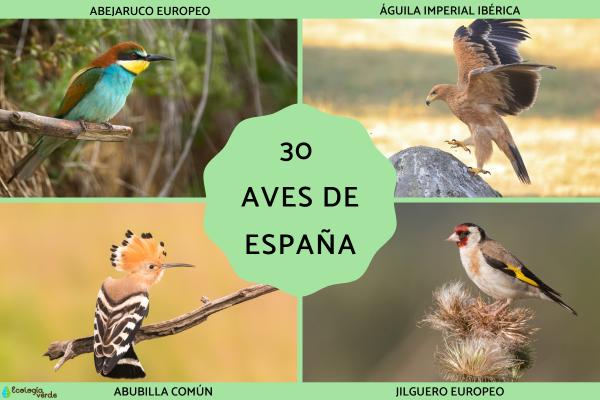
Representative Birds of Spain
More Common Birds in Spain
The Ecological Value of Spain’s Avifauna
(1) European Bee-eater (Merops apiaster)
Renowned for its vibrant plumage—red, yellow, green, blue—and melodic calls, this migratory bird specializes in eating bees and flying insects. It’s widely distributed across the Iberian Peninsula, except Galicia, Cantabrian region, and the Pyrenees.

(2) Spotless Starling (Sturnus unicolor)
One of Spain’s most common urban and rural birds, with black iridescent plumage and remarkable vocal mimicry. Highly adaptable and widespread.
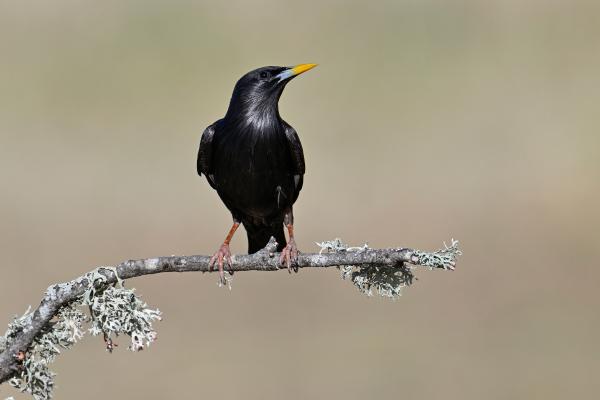
(3) Gran Canaria Blue Chaffinch (Fringilla polatzeki)
An endemic species restricted to Canarian pine forests. Males are bluish-grey, females brownish. Critically endangered due to habitat loss, fires, and climate change.

(4) Spanish Imperial Eagle (Aquila adalberti)
A majestic raptor endemic to Spain, found in mountainous pine forests and marshes. Feeds mainly on rabbits. An emblem of Spanish conservation, classified as endangered.
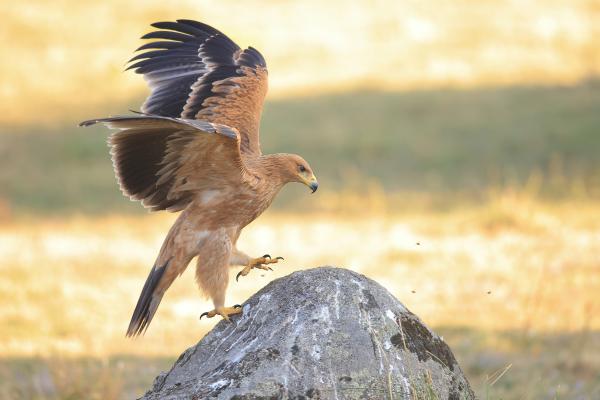
(5) Eurasian Hoopoe (Upupa epops)
Easily recognized by its ochre-black crest and long, curved bill. Widely distributed but scarce in mountains and wet regions. Feeds mainly on insect larvae.
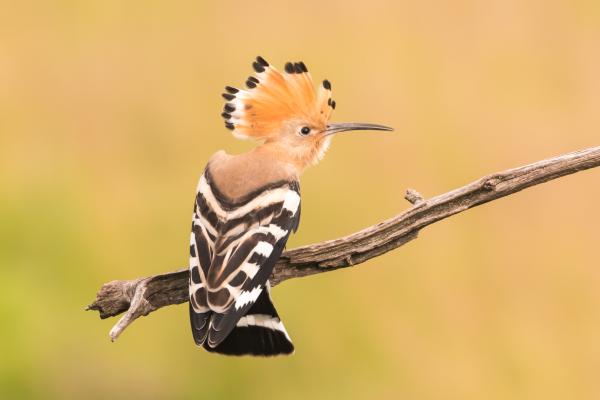
(6) European Goldfinch (Carduelis carduelis)
Striking plumage with a red face, highly social, and often found in woodlands and gardens. Stable population and categorized as "least concern".

(7) Eurasian Magpie (Pica pica)
Distinctive black-and-white plumage with iridescent tail. Versatile diet and excellent adaptation to both rural and urban environments.
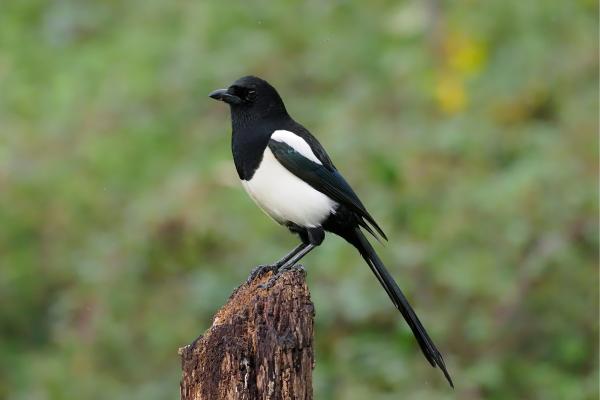
(8) Griffon Vulture (Gyps fulvus)
Europe’s largest and longest-lived vultures, wingspan up to 2.5 meters. Inhabits mountain cliffs, feeds mainly on carrion, crucial for ecosystem health.
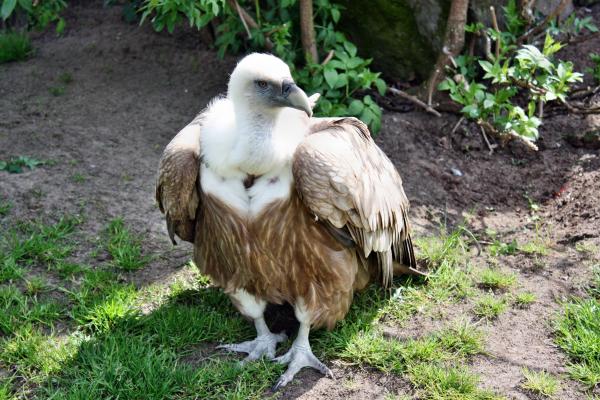
(9) Mute Swan (Cygnus olor)
Europe’s largest swan, with white plumage, long neck, and black knob at the bill’s base. Inhabits lakes and wetlands, feeds on aquatic plants and invertebrates.

(10) Common Blackbird (Turdus merula)
Very widespread, males are black, females brown. Lives in various habitats, from forests to cities, and is famous for its melodious song at dawn.
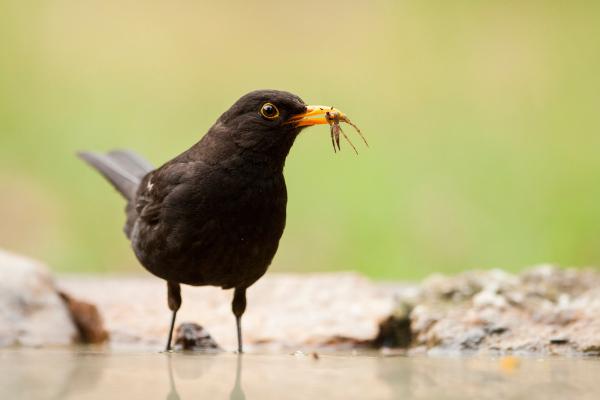
Eurasian Hobby (Falco subbuteo)
Egyptian Vulture (Neophron percnopterus)
Eurasian Scops Owl (Otus scops)
Northern Lapwing (Vanellus vanellus)
Red Avadavat (Amandava amandava)
Cinereous Vulture (Aegypius monachus)
Calandra Lark (Melanocorypha calandra)
Black Swan (Cygnus atratus)
Little Ringed Plover (Charadrius dubius)
European Golden Plover (Pluvialis apricaria)
Common Raven (Corvus corax)
Sardinian Warbler (Curruca melanocephala)
Common Pheasant (Phasianus colchicus)
House Sparrow (Passer domesticus)
Northern Bald Ibis (Geronticus eremita)
Barolo Shearwater (Puffinus baroli)
Red-crested Pochard (Netta rufina)
Bolle’s Pigeon (Columba bollii)
Laurel Pigeon (Columba junoniae)
Pallid Swift (Apus pallidus)

Spain’s birdlife shapes stunning landscapes and provides essential ecosystem services—pollination, pest control, environmental education, and ecotourism. With habitat loss and climate change posing challenges, conserving birds and their habitats is a top priority for biodiversity protection.
animal tags: Spanish Birds
We created this article in conjunction with AI technology, then made sure it was fact-checked and edited by a Animals Top editor.